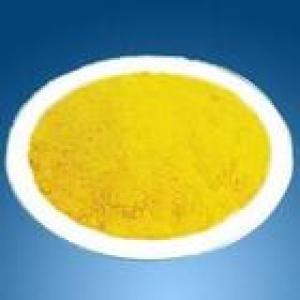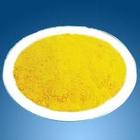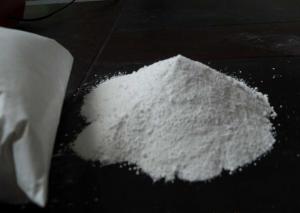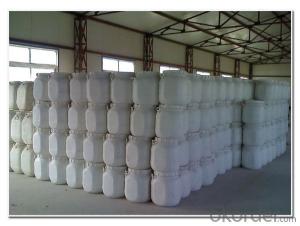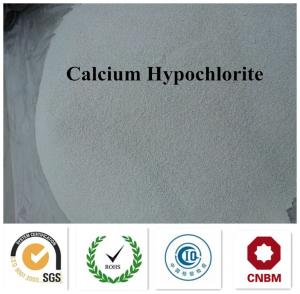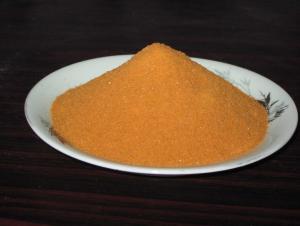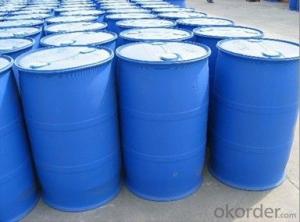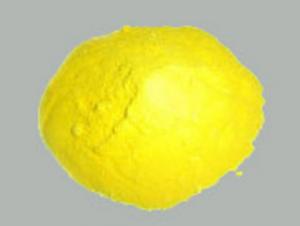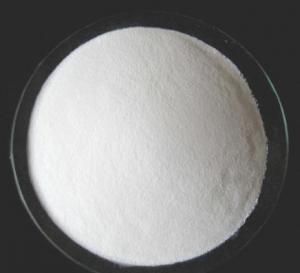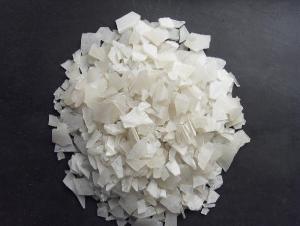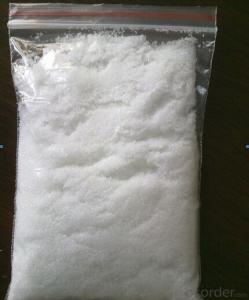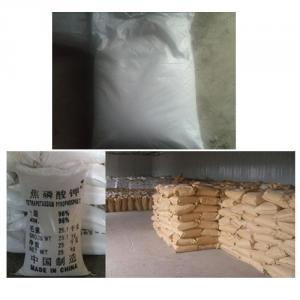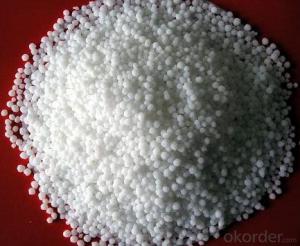PAC Coagulant flocculant PAC for industrial waster water
- Loading Port:
- Tianjin
- Payment Terms:
- TT OR LC
- Min Order Qty:
- -
- Supply Capability:
- 6000 m.t./month
OKorder Service Pledge
OKorder Financial Service
You Might Also Like
Polyaluminium chloride PAC 30%min
1. Features of polyaluminium chloride
a. highest grade raw materials
b. light yellow powder
c. Low heavy metal
d. High AL2O3, 30% min
2. Specification of polyaluminium chloride
Industrial water grade:
Properties: sandy beige fine powder use spray drying technology.
Usages: The product is widely used for industrial water and wastewater treatment, such as those containing radioactive substances, lead (Pb + +) chromium (Cr + + +) highly toxic heavy metals and fluoride (F) sewage. In addition, also use in precision casting, paper, leather, etc.
Item | Specification guaranteed |
AL2O3 % Min | 30 |
Basicity 8% | 50-90 |
Max. water insoluble % | 0.05 |
PH value(1% content in water) | 3.5-5.0 |
Drinkable water treatment:
Properties: Lemon yellow fine powder use spray drying technology.
Usages:The product is widely used for drinking water treatment, also use in precision casting, paper, leather, etc.
Item | Specification guaranteed |
AL2O3 % Min | 30 |
Basicity % | 70-85 |
Max. water insoluble % | 0.1 |
PH value | 3.5-5.0 |
Fe, %, ≤ | 0.2 |
As, %, ≤ | 0.0002 |
Mn, %, ≤ | 0.0075 |
Cr 6+ %, ≤ | 0.0005 |
Hg %, ≤ | 0.00001 |
Pb %, ≤ | 0.001 |
Cd %, ≤ | 0.0002 |
Milk white PAC
Properties: White fine powder use spray drying technology.
Usages: Mainly used for portable water, urban sewage purification; in food processing industry, it's mainly used as sugar decolorization clarifying agent; as sizing auxiliary in paper mills; For cloth anti-creasing
Item | Specification guaranteed |
AL2O3 % Min | 30 |
Basicity % | 40-60 |
Max. water insoluble % | 0.01 |
PH value | 3.5-5.0 |
Fe, %, ≤ | 0.2 |
As, %, ≤ | 0.0002 |
Mn, %, ≤ | 0.0075 |
Cr 6+ %, ≤ | 0.0005 |
Hg %, ≤ | 0.00001 |
Pb %, ≤ | 0.001 |
Cd %, ≤ | 0.0002 |
3. Packing of polyaluminium chloride
20kg / 25kg / 900kg / 1000kg Plastic Bag
- Q: Are there any differences between minerals and inorganic salts?
- For example, iodine in kelp, calcium lactate in sour milk, etc. These minerals are not inorganic salts.
- Q: Which crop feet can provide C N inorganic salts for fungal growth
- Plant growth requires a variety of inorganic salts, which require the most is nitrogen, phosphorus, potassium containing inorganic salts. If a lack of some inorganic salts, plants can not grow normally. Kind of crops need fertilization, farm manure contains organic matter, the microbial decomposition of the soil will produce a large number of inorganic salts for plant growth and utilization, the role of fertilizer is to provide a variety of plant growth of inorganic salts. Therefore, in agricultural production, the application of fertilizer and farm manure is intended to provide a variety of inorganic salts for crops.
- Q: Magnesium can constitute chlorophyll, which reflects the nature of inorganic salts
- (2) to participate in and maintain the metabolic activity of the organism.
- Q: What are the important physiological effects of inorganic salts in cells
- Maintain the balance in the body
- Q: By balancing the benefits of dietary supplementation with inorganic salts, what are the advantages and disadvantages of taking health care agents?
- There will be no imbalance in the state, and those survey reports are often too exaggerated unbalanced side to emphasize the use of a balanced diet. You may want to talk about how the natural diet through the general way to add the advantages of inorganic salts, and the advantages and disadvantages of taking health care agents
- Q: Does the inorganic salt affect the gpc molecular weight results?
- GPC determination of molecular weight through the column when the molecular size of the molecular peak, the molecular weight of the early comparison of the peak, that is relatively large molecules in the GPC pillars can not pass, pass the molecules were detected out of the peak, This molecular weight is not absolute, since the GPC determination is actually the size of the molecule rather than the size of the molecule, and of course it is also possible to approximate the molecular weight of the molecular weight of the molecule. Large; exactly how their relationship, with GPC can not be determined, only through the standard liquid molecular weight to compare, this result is relative, not absolute.
- Q: Seaweed, kelp, shrimp and other seafood, the content is more of the kind of inorganic salts
- Iodine is an important material for the synthesis of thyroid hormones, the body long-term iodine deficiency will affect the thyroid hormone synthesis and thyroid development, will be endemic goiter, that is, big neck disease. Kelp, seaweed and other marine algae are rich in iodine, so eat kelp, seaweed and other iodine-rich foods can prevent big neck disease
- Q: Think about the physical and chemical properties of salt and sugar. What properties do these substances have in common? Describe which properties you could use to distinguish between them. What properties and units would you use to describe their physical and chemical characteristics? List as many as you can.
- I believe it's Physical, most of the times such changes are physical, melting point, sublimation, evaporation, etc.
- Q: Why are inorganic sodium salts much better soluble in ethanol than potassium salts?
- The reason seems to be : - Ionization potential of pottasium is lower than that of sodium ,thereore potassium salts are more polar as compared to sodium salts; - Potassium being more reactive than the sodium reacts faster withbwater,
- Q: And what I specifically need are salts with Bromide, Chloride, Phospate and Carbonate ions.Thanks for any help.
- That list is near endless. There are countless inorganic cations and organic groups that can combine with these ions. Pretty much every metallic element in the periodic table will form cations with bromide and chloride. Not sure about phosphate, but most metals will bind with it. Carbonate will be trickier, as some ions are too acidic and will decompose the carbonate (iron(III) is an example, and it will form the oxide instead, liberating CO2 in the process). Aside from simple elemental ions, there are also polyatomic cations (such as ammonium) and lots of complexes that will form compounds with these anions.
Send your message to us
PAC Coagulant flocculant PAC for industrial waster water
- Loading Port:
- Tianjin
- Payment Terms:
- TT OR LC
- Min Order Qty:
- -
- Supply Capability:
- 6000 m.t./month
OKorder Service Pledge
OKorder Financial Service
Similar products
Hot products
Hot Searches
